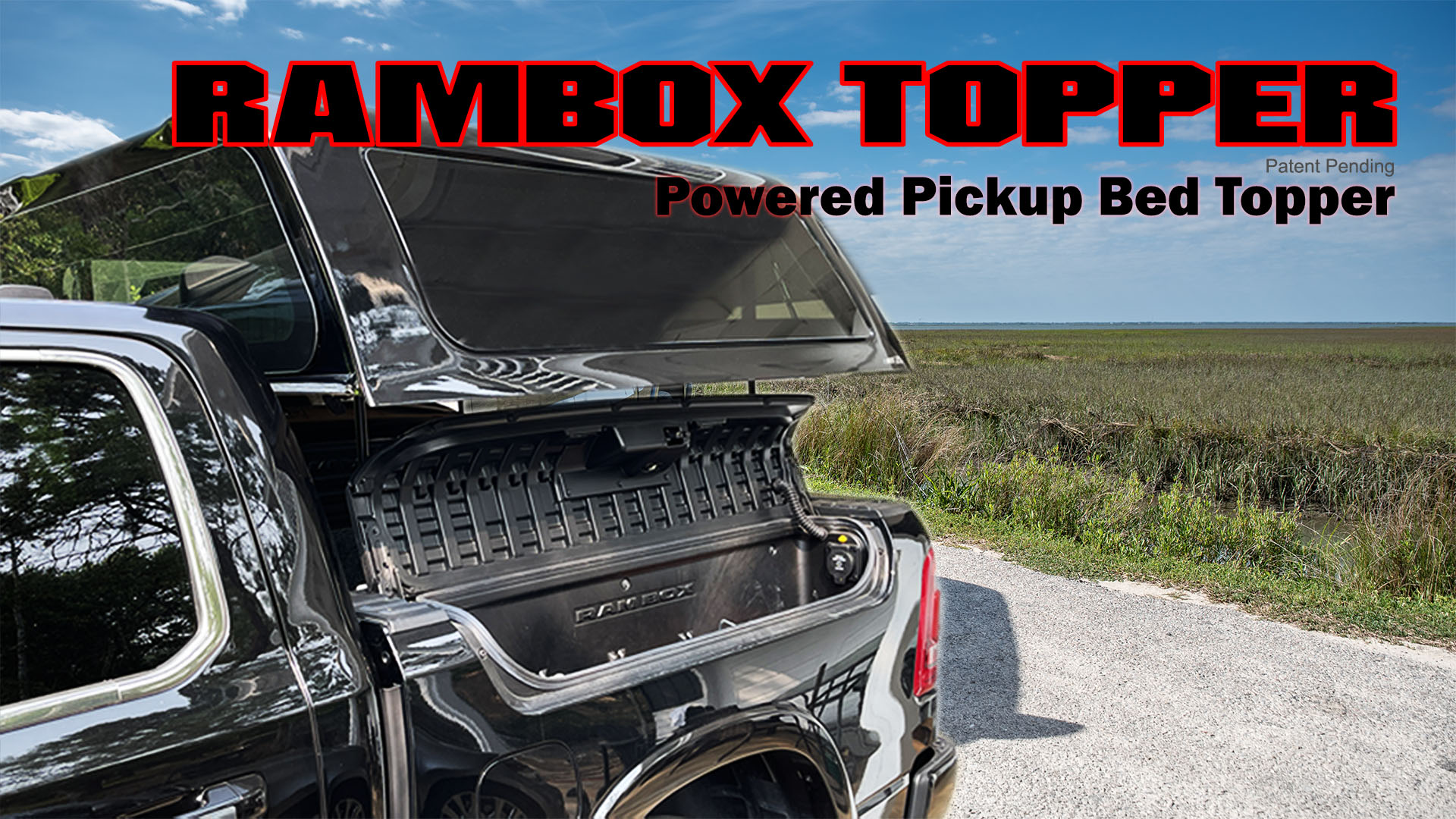LaxDfns15
Ram Guru
This is coming from a couple years teaching physics in college while I worked on my grad degree. You've put me in teaching mode so this is 100% not meant to be condescending.What law is broken with my thinking? Always happy to learn. Seriously, don't see it. A shaft is rotating anyway, put it to use in power generation to recharge the onboard battery, then use a small auxiliary gasoline-powered generator if the rotating shaft generators aren't able to sufficiently recharge the battery to kick on at X voltage. What am I missing?
EV's work differently than gas vehicles. Most of the truck prototypes I've seen have 4 motors for AWD. That means there are no shafts running the length of the vehicle. But let's say there are 2 motors with shafts going to the wheels (basically where front and rear diffs would be). Let's say you have RWD and 4WD modes just like we do now. To have a charging system stacked onto the front drivetrain when you're in RWD mode that's extra weight, extra space, and extra friction on one or both of the front drive shafts. The friction that is added to the drive shaft comes from something having to be attached to generate power to run the charger. This is similar to how regenerative braking works, as slowing the vehicle down pulls energy from the spinning wheels back to the battery. In the case of braking it's the drive motor reversing direction. Drive a Nissan Leaf with the "one pedal" system and you'll see what I'm talking about.
All 3 of those things increase power consumption because no real world system is perfectly efficient. Friction causes heat, which is essentially energy lost to the environment. Weight causes more friction, so see point 1. Bigger vehicle typically means less aerodynamic, which causes extra friction (against the air), again see point 1. So we have more friction from 3 sources. The only way putting a charging system onto a vehicle would be if the energy returned is greater than the energy consumed. That's why I said it's like trying to charge your phone with your phone.
Because no system (electrical system in the vehicle) is perfectly efficient, we're already losing power just by plugging the motors into the battery. I think it's said that EV's are about 20% efficient so they lose 80% of their power to other "stuff". Regenerative brakes only capture about half of that back, so let's say they're 60% efficient.
I think a hybrid truck would be decent, but then you've got a truck that either has a pitiful 20-50 mile electric range (think Chevy Volt) or a pathetic gas engine because you have to put a 1.5L 4 cylinder in it. It'll also weigh about 7500 pounds for a 1/2 ton truck, compared to our current ~5500 pounds.











